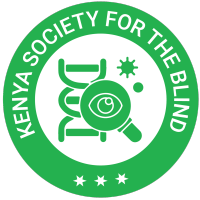

Author(s): Asra Fatima, Nagaraju Konda
Introduction: Dry eye evaluation is crucial for maintaining ocular surface health. Most studies reported dry eyes based on the presence of symptoms and signs; however, those with either symptoms or signs were overlooked. This study evaluated the tear film and Meibomian Gland (MG) morphology among dry eye sub-groups categorized based on signs and symptoms defined by the Dry Eye Workshop-II (DEWS-II) report.
Methods: This cross-sectional study was conducted on 149 subjects who underwent tear film evaluation and meibography and filled out the Ocular Surface Disease Index (OSDI) questionnaire. The subjects were categorised into four groups based on the signs and symptoms no dry eye, pre-clinical dry eye, probable dry eye and dry eye.
Results: It was found that the OSDI scores and Non-Invasive Breakup Time (NIBUT) were significantly different between all the dry eye groups (p<0.001). Tear Meniscus Height (TMH) significantly differed between no dry eye and dry eye groups (p=0.006). Also, the MG length of the lower lid was significantly lower in the dry eye group compared to other groups (p=0.01). Other variables such as Schirmer’s test, corneal staining, MG width, loss, and tortuosity score of the upper and lower lid did not significantly differ among the groups (p>0.05).
Conclusions: Pre-clinical dry eyes, although they expressed symptoms, however, showed no tear film and meibomian gland alterations. A quarter samples showed no symptoms with the presence of clinical signs. Hence, findings from this study may be incorporated into pre-surgical ocular surface evaluation protocols to eliminate post-surgical dry eye signs and symptoms.